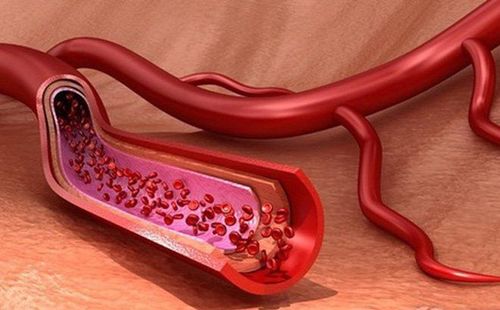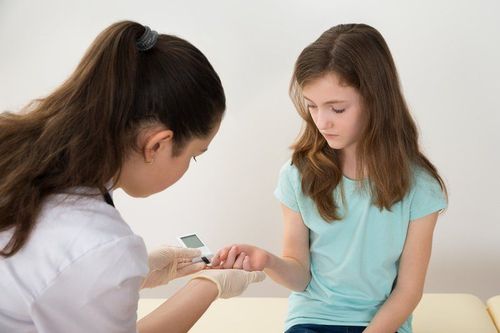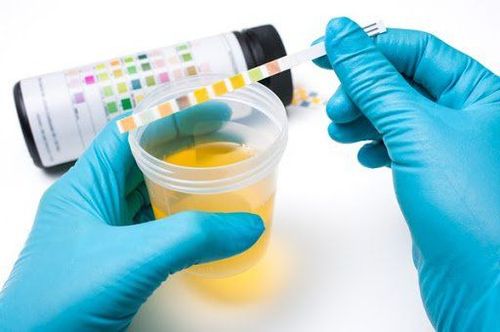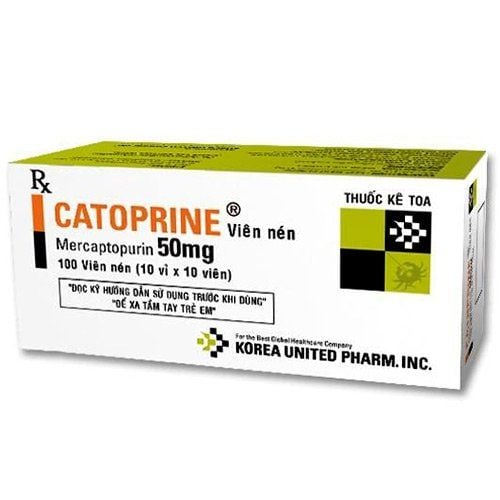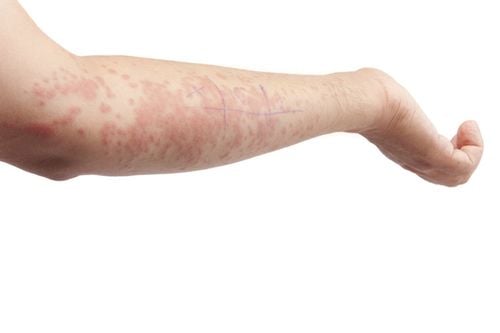This is an automatically translated article.
Allergic vasculitis, often presenting histopathologically as leukocytosis. This is a term commonly used to denote inflammation of the small blood vessels. There are many potential causes of allergic conjunctivitis. However, up to 50% of cases are idiopathic.
1. What is the cause of allergic conjunctivitis?
Allergic conjunctivitis is usually triggered by a reaction to a drug. Common drugs associated with allergic vasculitis include:
Certain antibiotics such as penicillins and sulfa drugs. Certain blood pressure medications. Phenytoin (Dilantin, an anti-seizure medication). Allopurinol (used for gout). Chronic bacterial or viral infections can also cause this type of vasculitis. These viruses include: HIV, hepatitis B, hepatitis C. People with autoimmune diseases such as lupus, rheumatoid arthritis, Sjogren's syndrome, and inflammatory bowel disease may also experience this condition. It can also affect people with cancer.
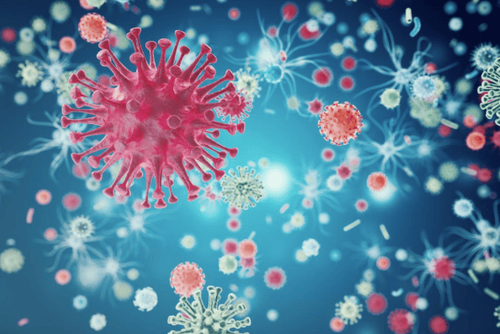
Virus HIV có thể gây ra loại viêm mao mạch dị ứng
2. Symptoms of allergic capillary inflammation
Allergic capillary inflammation causes purpura. Inflammatory spots may be purple or red. They can appear on the legs, buttocks, and trunk. You may also develop blisters or hives on your skin.
In addition, the appearance of rashes or possible pimples on the skin due to an allergic reaction.
Less common signs and symptoms you may experience include:
Joint pain Enlarged lymph nodes Kidney inflammation (in rare cases) Low-grade fever. If allergic conjunctivitis is caused by a drug reaction, symptoms usually appear within 7 to 10 days after exposure. Some people may experience symptoms as early as two days after taking the drug to which they are allergic.
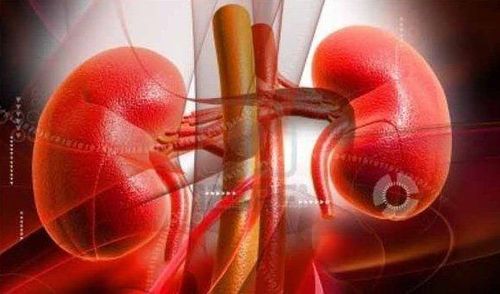
Viêm thận là một triệu chứng của viêm mao mạch dị ứng
3. How is allergic conjunctivitis diagnosed?
To make a differential diagnosis of allergic conjunctivitis should be based on the following criteria:
Greater than 16 years of age. Skin rash with palpable purpura. The skin rash is polycythemia vera (contains both flat and raised spots). You have been taking a certain medication before the symptoms of itchy skin appeared. A biopsy of the skin rash shows that you have white blood cells surrounding your blood vessels. However, not all experts agree that these are the only criteria to consider when diagnosing this condition. Examinations of other organs such as the kidneys, gastrointestinal tract, lungs, heart, and nervous system may also be performed
Usually, to aid in the diagnosis, your doctor will:
Evaluate your symptoms , ask you about the medications you are taking, your medical history, and other infections. Review your medical history and perform a physical exam Take a tissue sample, or biopsy, of the rash. The sample is then sent to a laboratory where the samples will be analyzed for evidence of inflammation around the blood vessels. Order a variety of blood tests, such as a complete blood count, kidney and liver function tests, and erythrocyte sedimentation rate (ESR) to measure systemic inflammation. Diagnosis and treatment will depend on the cause of your vasculitis and whether you have an infection or inflammation of other organs.
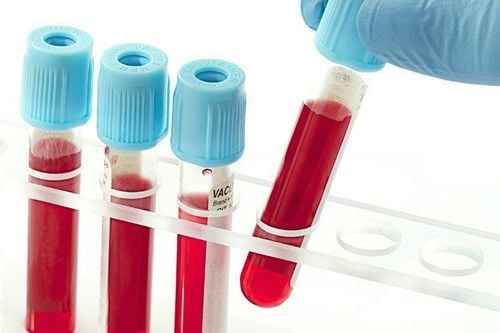
Xét nghiệm công thức máu toàn bộ giúp chẩn đoán bệnh viêm mao mạch dị ứng
4. Treatment of allergic conjunctivitis
The main goal of treatment for vasculitis is to relieve your symptoms. In mild cases you do not need treatment. Talk to your doctor about the medications you are taking. This information can help determine the potential cause of your capillary inflammation. If your problem stems from a medication you're currently taking, your doctor will likely advise you to stop taking it. However, you should not stop using any medication without your doctor's recommendation. Your symptoms should go away within a few weeks of stopping the medication. You may be prescribed anti-inflammatory medication, especially if you have joint pain. Usually, nonsteroidal anti-inflammatory drugs such as naproxen or ibuprofen are used. If mild anti-inflammatory medications do not relieve symptoms, your doctor may also prescribe corticosteroids. Corticosteroids are drugs that suppress your immune system and reduce inflammation. Corticosteroids have some side effects, especially when taken for a long time. These include weight gain, mood swings, and the appearance of acne. In severe cases or allergic conjunctivitis caused by other organs in the body, you may need to be hospitalized for more intensive treatment. Any questions that need to be answered by a specialist doctor as well as customers wishing to be examined and treated at Vinmec International General Hospital, please book an appointment on the website to be served.
References: healthline.com, medlineplus.gov
Please dial HOTLINE for more information or register for an appointment HERE. Download MyVinmec app to make appointments faster and to manage your bookings easily.
MORE
Is allergic capillary disease dangerous? Signs to recognize allergic capillary inflammation Treat allergic capillary inflammation, avoid complications




